The Dodge Challenger T/A, a high-performance variant of the iconic Challenger model, has captured the imagination of car enthusiasts and collectors alike. Known for its muscular design and impressive performance, the Challenger T/A was produced during a unique period in automotive history. The production years of the Challenger T/A and the current collector market for this classic muscle car reveal fascinating insights into its enduring appeal.
The Legacy of the Dodge Challenger T/A
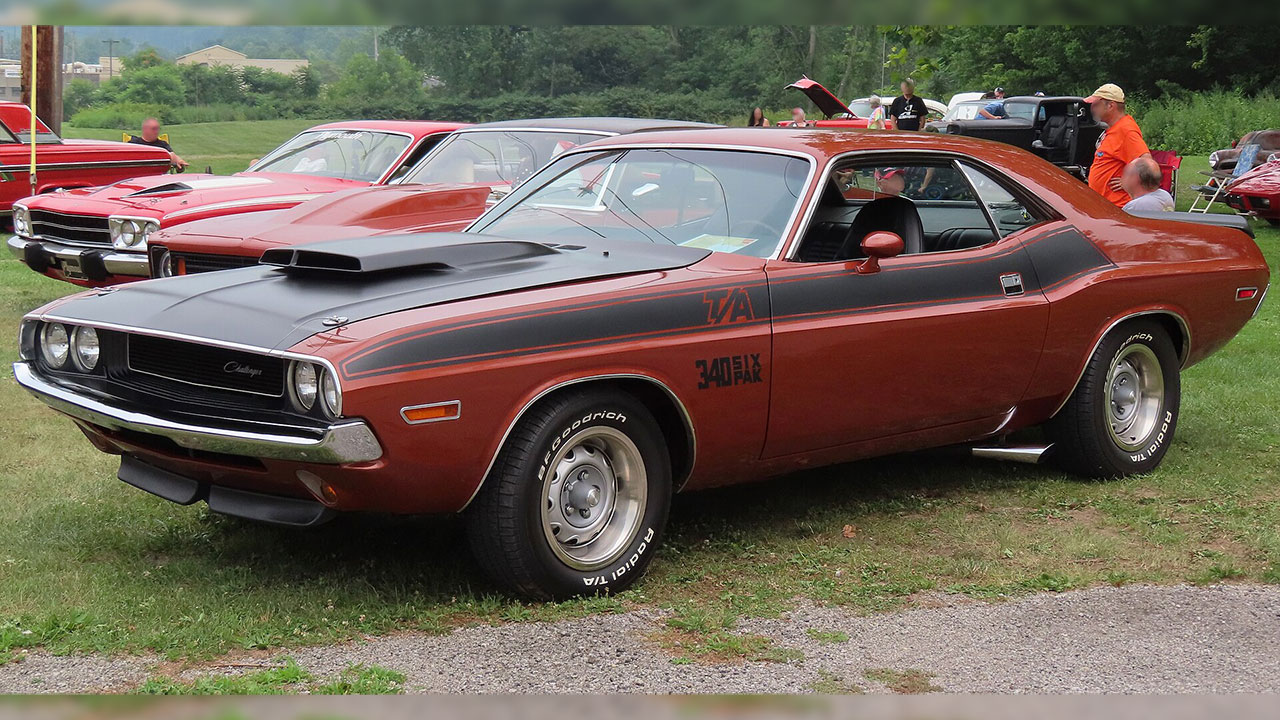
Origins and Development
The Dodge Challenger T/A was born in an era when American automakers were fiercely competing to dominate the racing scene. Introduced in 1970, the Challenger T/A was Dodge’s response to the Trans American Sedan Championship (Trans Am), a series that demanded both speed and agility from participating vehicles. The T/A, which stands for Trans Am, was part of Dodge’s strategy to showcase its engineering prowess and enhance its standing in the performance car segment. By tapping into the excitement surrounding the Trans Am races, Dodge aimed to capture a slice of the burgeoning muscle car market.
The development of the Challenger T/A involved substantial modifications to the standard Challenger model to meet the rigorous demands of racing. Engineers focused on optimizing the car’s performance, ensuring that it could compete effectively on the track. This high-performance variant was equipped with a specially tuned 340 cubic-inch V8 engine, which featured three two-barrel carburetors, commonly referred to as the Six Pack. This setup allowed the T/A to deliver an impressive 290 horsepower, making it a formidable contender in the muscle car arena.
Design Features
The Dodge Challenger T/A boasted several distinctive features that set it apart from its contemporaries. Its aggressive design was characterized by a prominent hood scoop, which was not just for show but served a functional purpose by directing cool air into the engine bay. This feature, combined with a unique side-exhaust system, gave the T/A a signature look and sound that resonated with car enthusiasts.
Inside, the Challenger T/A included performance-oriented enhancements such as a heavy-duty suspension system, front and rear sway bars, and wider tires mounted on 15-inch wheels. These modifications improved the car’s handling and stability, especially during high-speed maneuvers. The T/A’s interior, while designed for comfort, also underscored its racing pedigree with features like high-back bucket seats and a sporty dashboard layout.
Production Years of the Challenger T/A
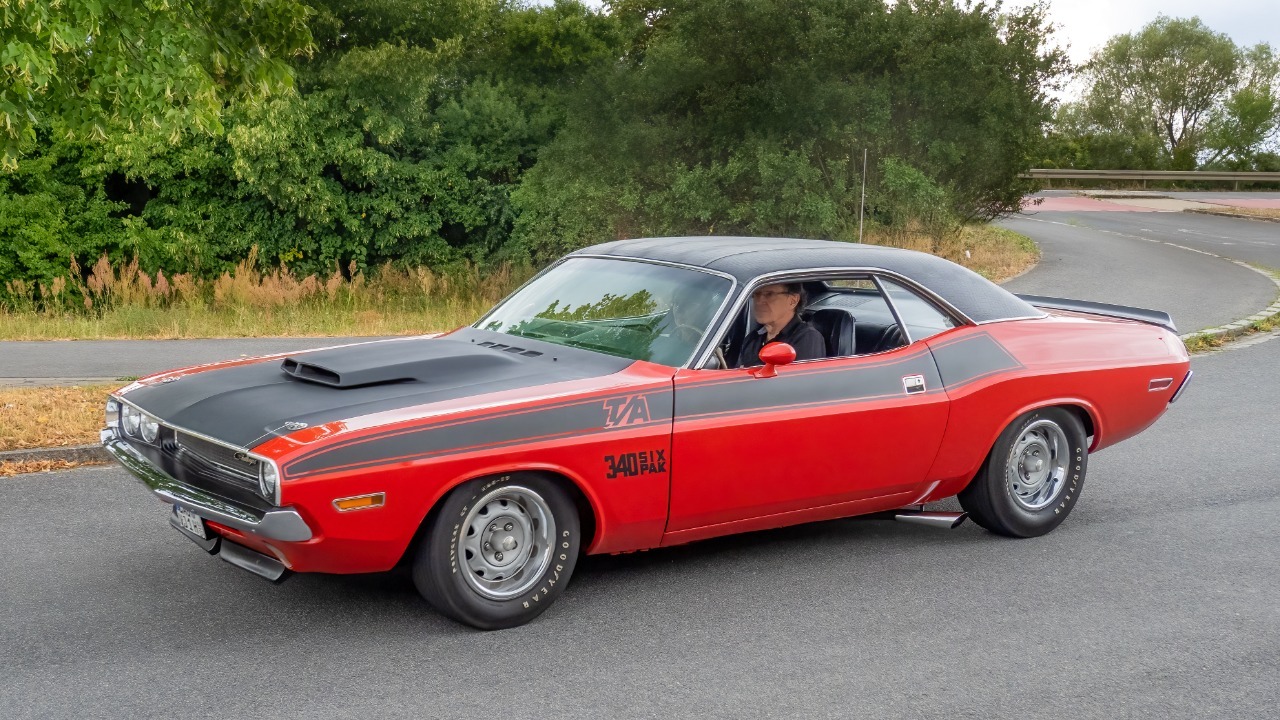
1970: The Year of the Challenger T/A
1970 marked the debut of the Dodge Challenger T/A, a year that would become a landmark in the history of American muscle cars. The introduction of this model was met with enthusiasm from both the public and automotive critics, who praised its performance capabilities and striking appearance. Despite its promising start, the Challenger T/A was produced for just a single year. This limited production run has since contributed to its allure and rarity in the classic car market.
The Challenger T/A quickly made a name for itself with its impressive performance on the road and track. The combination of its powerful engine, distinctive design, and racing heritage made it a desirable option for performance enthusiasts. However, the rapid changes in the automotive industry and evolving consumer preferences soon posed challenges for Dodge, leading to the T/A’s brief production lifespan.
Why Production Ceased
The discontinuation of the Challenger T/A was influenced by several factors, including shifts in automotive regulations and market dynamics. The early 1970s witnessed a growing emphasis on fuel efficiency and emission standards, driven by environmental concerns and the oil crisis. Performance cars like the T/A, which prioritized power over efficiency, faced increasing scrutiny and regulatory challenges.
Additionally, consumer preferences were shifting towards more practical and economical vehicles. The demand for muscle cars began to wane as buyers sought models that offered better fuel economy and lower emissions. These changes, coupled with the financial pressures on automakers to adapt to new regulations, led to the decision to halt production of the Challenger T/A after 1970.
Collector Interest and Market Trends
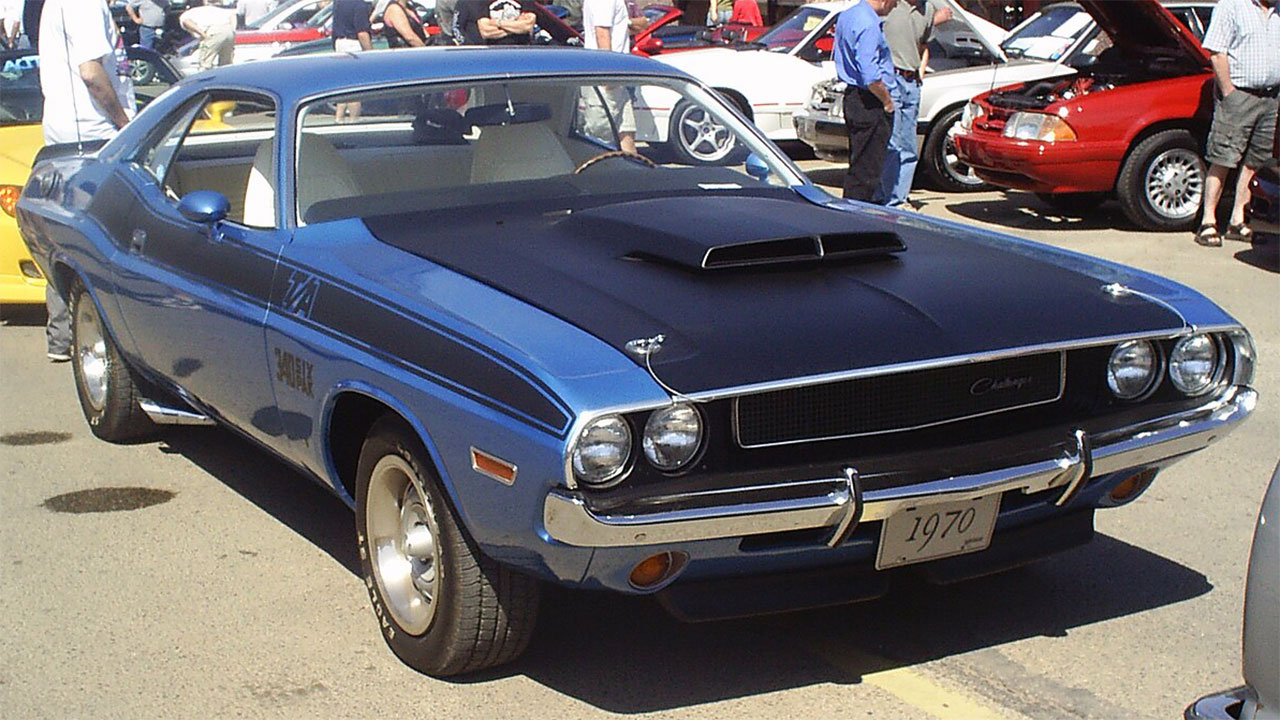
Rising Popularity Among Collectors
In recent years, the Dodge Challenger T/A has experienced a resurgence of interest among classic car collectors. This renewed enthusiasm can be attributed to several factors, including the vehicle’s rarity, historical significance, and nostalgic appeal. As one of the few muscle cars produced for just a single year, the Challenger T/A is a prized possession for collectors seeking unique and iconic vehicles.
The Challenger T/A’s racing heritage and distinctive features further enhance its desirability. Enthusiasts are drawn to its combination of performance and style, viewing it as a quintessential representation of the golden era of American muscle cars. The limited availability of original T/A models has only intensified the competition among collectors, driving up demand and prices.
Current Market Valuation
The current market value of the Dodge Challenger T/A reflects its status as a sought-after classic. Prices for these vehicles vary widely based on factors such as condition, originality, and provenance. Well-preserved examples with matching numbers and original components can command significant premiums at auctions and private sales.
According to Hagerty’s valuation tools, the price range for a Challenger T/A in excellent condition can reach six figures, with some models fetching even higher prices depending on their history and rarity. Factors such as documented racing history or ownership by notable individuals can further enhance a T/A’s market value.
What Collectors Pay for a Challenger T/A
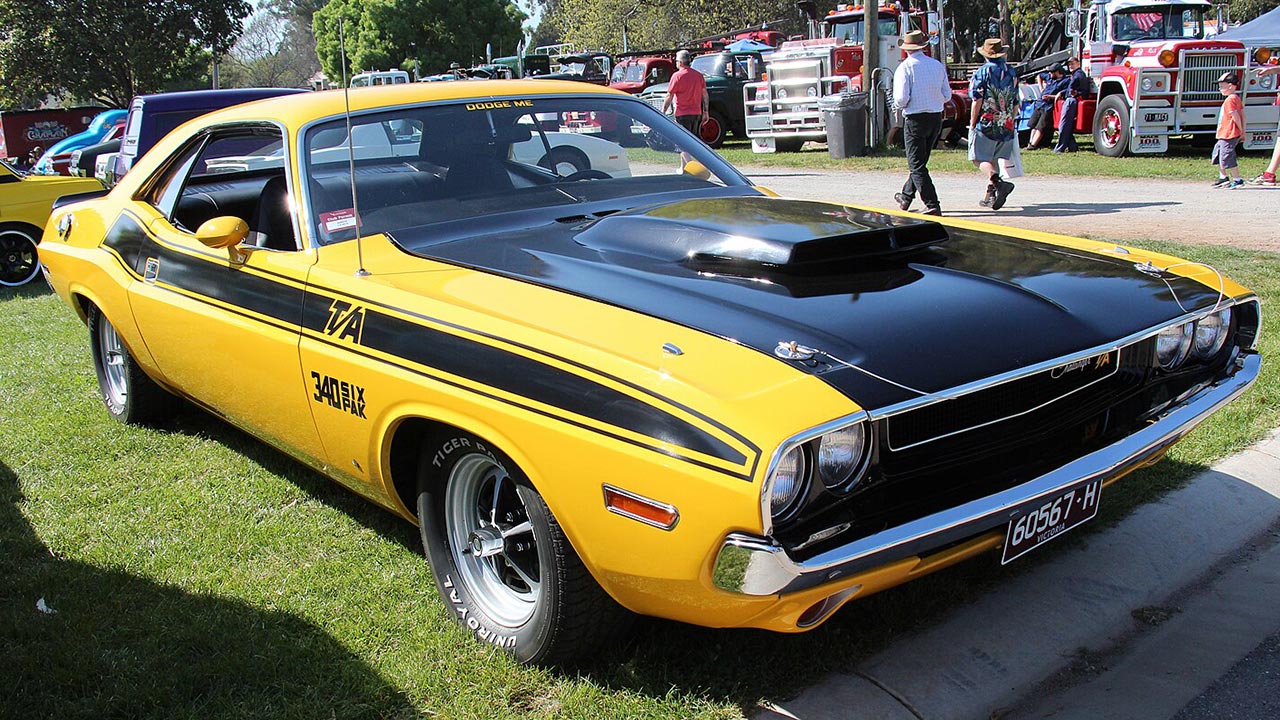
Price Ranges and Influencing Factors
The pricing for a Dodge Challenger T/A can vary significantly depending on its condition and historical significance. Restored models in mint condition are often the most expensive, with prices ranging from $80,000 to over $150,000. Originality is a key factor in determining value, as collectors place a premium on vehicles that retain their factory specifications and components.
Other influencing factors include the car’s provenance and any unique features it may possess. For instance, a Challenger T/A with a well-documented racing history or one that has been featured in automotive publications can attract higher bids. Similarly, models with rare color schemes or factory-installed options can also command premium prices in the collector market.
Notable Sales and Auctions
Recent high-profile sales have demonstrated the strong demand for the Dodge Challenger T/A. At auctions, these vehicles have consistently fetched impressive sums, highlighting their status as coveted collectibles. For example, a fully restored T/A with an impeccable history recently sold for over $200,000, setting a benchmark for similar models.
These sales underscore the growing appreciation for the Challenger T/A and its place in automotive history. Enthusiasts and collectors actively participate in auctions and private sales, eager to secure a piece of this iconic muscle car legacy. The competitive bidding for these models reflects their enduring appeal and the strong investment potential they offer.
The Future of the Challenger T/A in the Collector Market
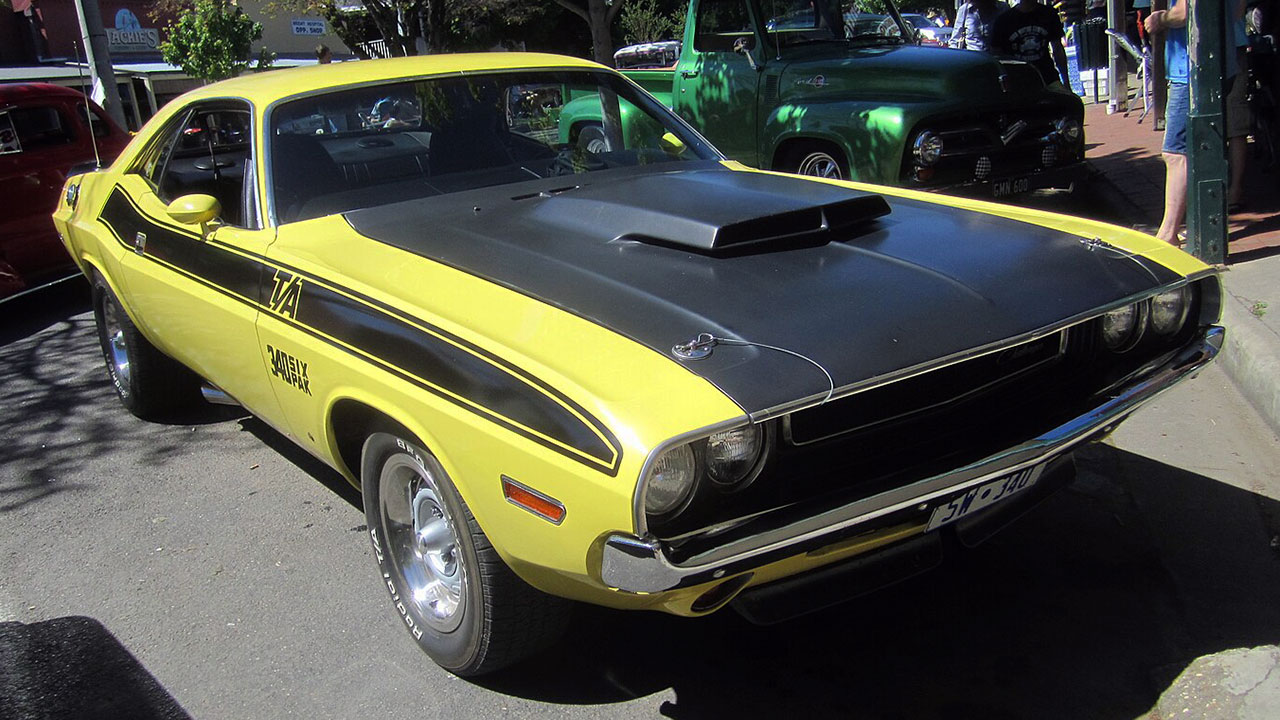
Predictions for Value Appreciation
The future of the Dodge Challenger T/A in the collector market looks promising, with many experts predicting continued value appreciation. The combination of its rarity, historical significance, and cultural nostalgia positions the T/A as a desirable investment for collectors. As the market for classic cars continues to evolve, the T/A’s unique attributes are likely to enhance its appeal and value over time.
Industry analysts anticipate that the demand for well-preserved and original Challenger T/A models will remain strong, driven by a growing interest in classic American muscle cars. The T/A’s legacy as a performance-oriented vehicle with a racing pedigree further solidifies its status as a valuable collectible. As more enthusiasts seek to own a piece of this automotive history, the T/A’s market value is expected to appreciate accordingly.
Preservation and Restoration Considerations
For collectors looking to maintain or restore a Dodge Challenger T/A, careful consideration of preservation techniques is essential. Maintaining the vehicle’s originality is paramount, as this significantly impacts its value. Collectors are advised to document the car’s history, including any restoration work, to ensure transparency and authenticity.
When it comes to restoration, sourcing period-correct parts and components is crucial to preserving the T/A’s authenticity. Engaging with knowledgeable experts and utilizing reputable restoration services can help maintain the vehicle’s integrity and enhance its appeal to potential buyers. By prioritizing preservation and authenticity, collectors can ensure that their Challenger T/A remains a cherished and valuable asset in the years to come.
Like Fast Lane Only’s content? Be sure to follow us.
Here’s more from us:
*Created with AI assistance and editor review.

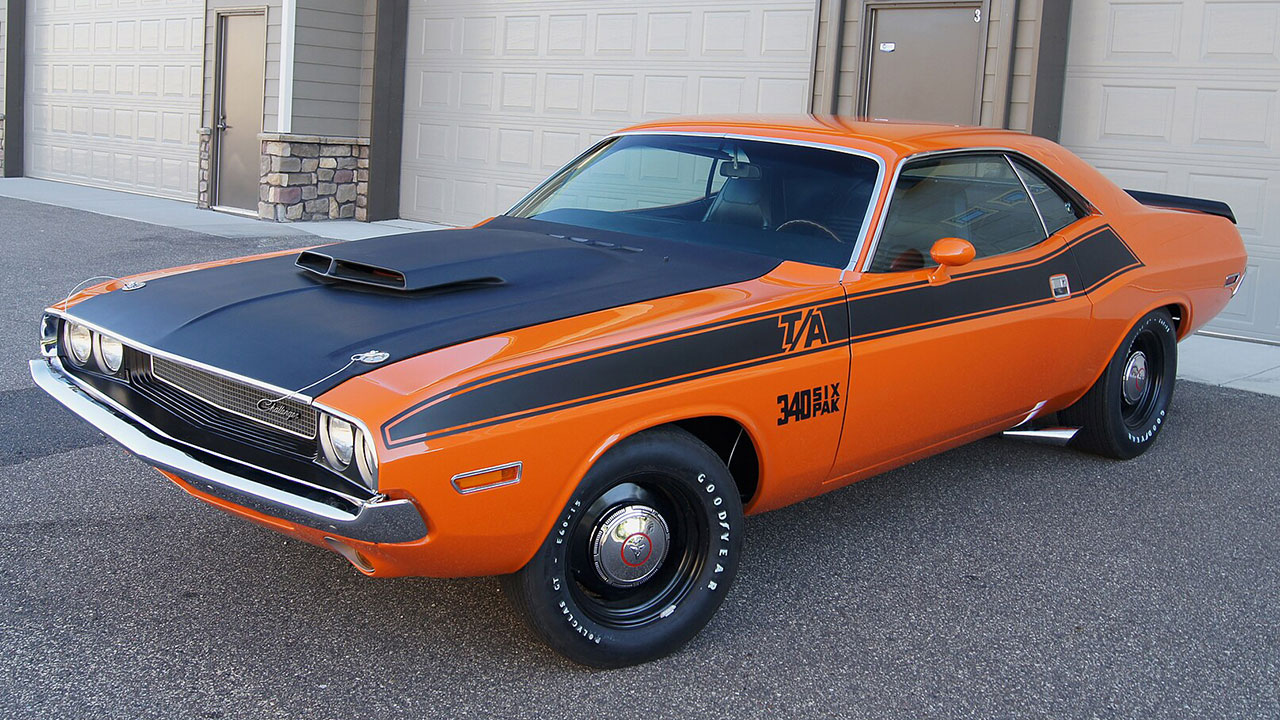


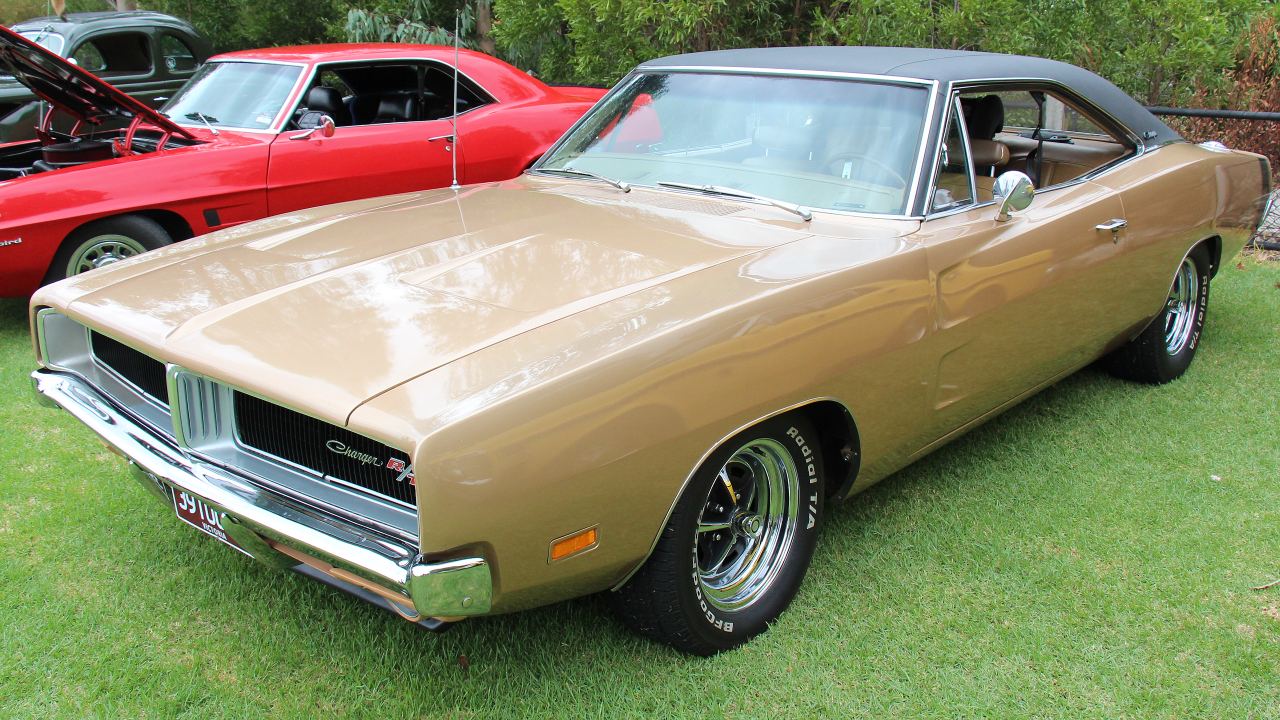


Leave a Reply